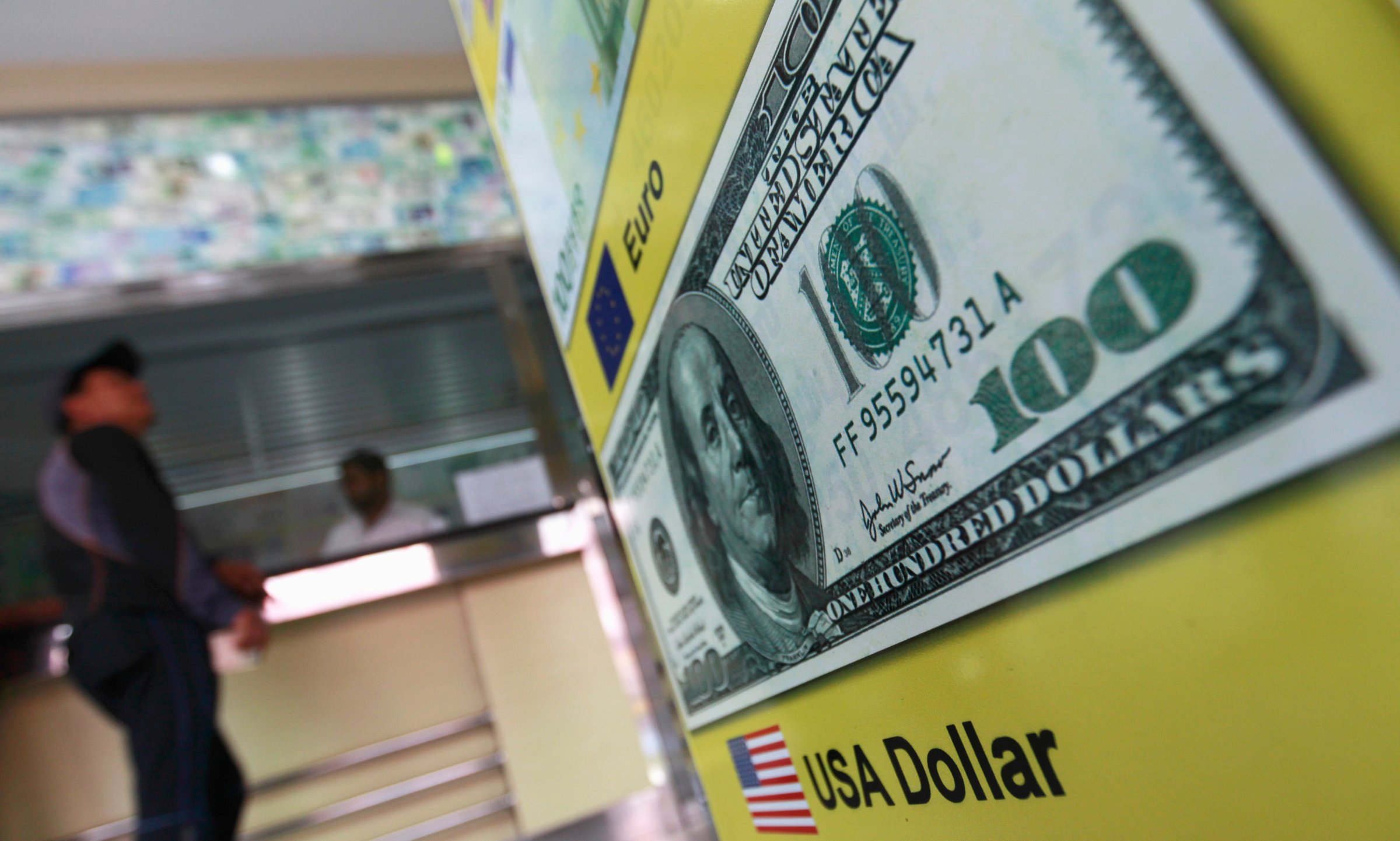
Ever since the Wall Street financial crisis of 2008, predictions of the dollar’s demise have come fast and furious. As the U.S. economy sank into recession, so too did confidence that the greenback could maintain its long-held position as the world’s No.1 currency. In Beijing, Moscow and elsewhere, policymakers railed against the dollar-dominated global financial system as detrimental to world economic stability and vowed to find a replacement. Central bankers in the emerging world complained that the primacy of the dollar allowed American economic policy to send shock waves through the global economy that roil their own markets and currencies.
But here we are, six years after the crisis, and the dollar is showing just how resilient it actually is. The dollar index, which measures the greenback’s value vs. a basket of other currencies, has reached a four-year high. Those policymakers who bitterly criticize the dollar show little actual interest in dumping it. The amount of U.S. Treasury securities held by China stands at a whopping $1.27 trillion.
The newfound strength of the dollar makes perfect sense. Sure, the world economic landscape is changing, with new rising powers like China and India, whose currencies may one day rival the U.S. dollar. But the buoyancy of the greenback is a reflection of today’s reality: the U.S. is the lone, significant bright spot among the world’s major economies. GDP in the third quarter grew an annualized 3.5% — far higher than other industrialized economies. That’s why the Federal Reserve has wrapped up its long-running and highly unorthodox economic-stimulus program known as quantitative easing, or QE, which, by spilling a torrent of dollars into global financial markets, was one factor behind the currency’s weakness in recent years.
Meanwhile, most of America’s key trading partners are heading in the opposite direction. The European Central Bank (ECB) is widely expected to start its own QE program to try to combat potential deflation and jolt sagging growth in the euro zone. That’s why the euro’s value against the dollar has been sinking to levels last seen two years ago. If the ECB does act, downward pressure on Europe’s common currency will likely intensify.
Meanwhile, in Japan, the central bank on Oct. 31 surprised markets by greatly broadening its own monetary-expansion program in an attempt to rescue Prime Minister Shinzo Abe’s stumbling initiatives to revive the long-slumbering Japanese economy, nicknamed Abenomics. The yen tumbled to a seven-year low against the dollar as a result. Research firm Capital Economics predicts that the Bank of Japan’s (BOJ) action will help push the Japanese currency all the way down to 120 yen to the dollar by the end of 2015, from about 112 today.
The dollar has been gaining against some emerging-market currencies as well. Faced with slowing growth and the strain of economic sanctions, Russia’s ruble has been hitting repeated all-time lows against the dollar. Not even an interest-rate hike by Russia’s central bank on Friday has been able to stem the slide. On top of that, though that pressure has eased, the currencies of India, Indonesia and many other emerging economies still have not recovered their strength from when they tanked last year, after the Fed first signaled it was scaling back its stimulus activities.
How long can the good times roll for the U.S. dollar? That depends on many factors, from the future growth of U.S. GDP to the health of the global economy and upcoming Fed decisions on interest rates. Yet with central-bank policy in the most advanced economies sharply diverging — the Fed tightening, the ECB and BOJ loosening — the dollar could see continued gains. Some economists believe the conditions are in place for an extended period of dollar strength, perhaps lasting several years. “The building blocks are still in place for a sustained dollar rally,” analysts at financial giant Barclays concluded in a recent report.
The fact remains, too, that no other currency has emerged to truly rival the dollar as the world’s No.1 choice. The uncertain stability of the euro was exposed by its multiyear sovereign-debt crisis and the chaotic response to it from Europe’s leaders. And even though Beijing has high hopes to transform the Chinese currency, the yuan, into an international powerhouse, policymakers there have been extremely slow to introduce the financial reforms that would make that a real possibility.
Of course, there are still long-term factors at play that could knock away the pillars of dollar dominance. Russia and China, for instance, recently pledged to settle more trade between the two nations in rubles and yuan. But for now, the dollar reigns supreme, as well it should.
More Must-Reads from TIME
- Donald Trump Is TIME's 2024 Person of the Year
- Why We Chose Trump as Person of the Year
- Is Intermittent Fasting Good or Bad for You?
- The 100 Must-Read Books of 2024
- The 20 Best Christmas TV Episodes
- Column: If Optimism Feels Ridiculous Now, Try Hope
- The Future of Climate Action Is Trade Policy
- Merle Bombardieri Is Helping People Make the Baby Decision
Contact us at letters@time.com